What happens when your bank account is empty?
Are you prepared to handle unexpected financial stress?
Start an emergency fund, and you won't have to wonder.
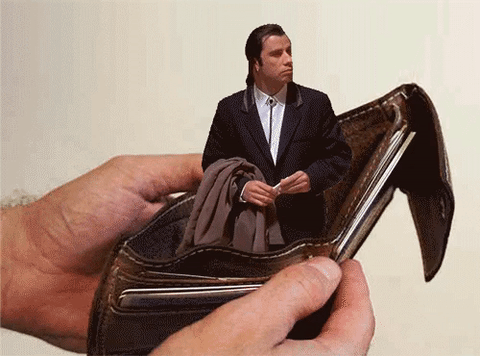
What Is An Emergency Fund?
An emergency fund is a financial tool to handle uncertainty. It's also known as a rainy day fund.
Whether you're rebuilding your fund after an emergency or starting one for the first time, these steps will guide you.
(Re)Make Your Budget
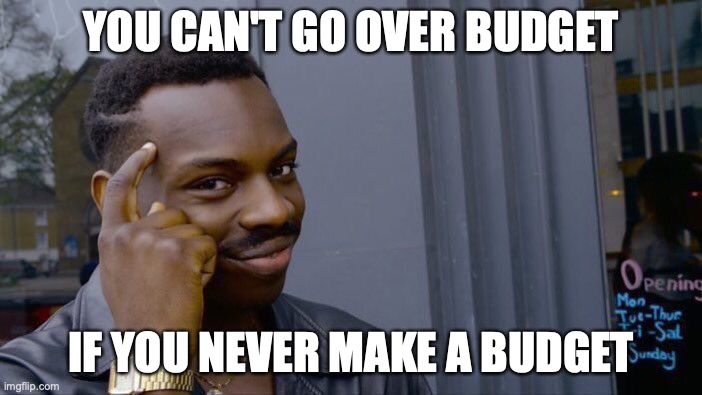
The first step to saving is figuring out what you spend.
Once you know what you spend on essentials, set a savings goal equal to 3-6 months of expenses.
Be proud of any amount you are able to set aside - even two weeks' worth of money is a great start!
Resist Temptation
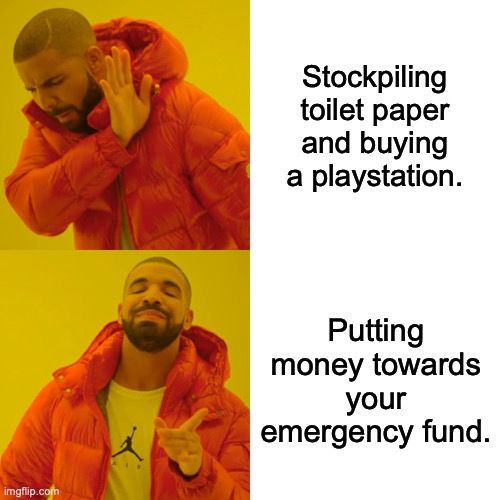
Resist the urge to panic buy or impulse buy unnecessary items.
Cancel any recurring costs you’re not using like subscription services or gym memberships.
Make A Deal On Your Debt
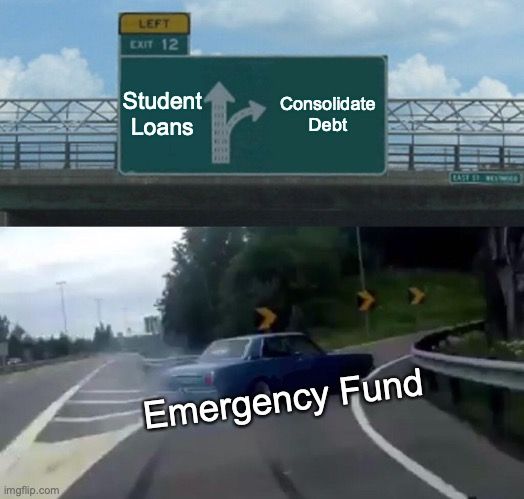
The federal response to COVID-19 has included some relief towards things like student loan debt.
You can also reduce contributions to things like your 401(K) to direct money towards your emergency fund.
Choose Where To Save
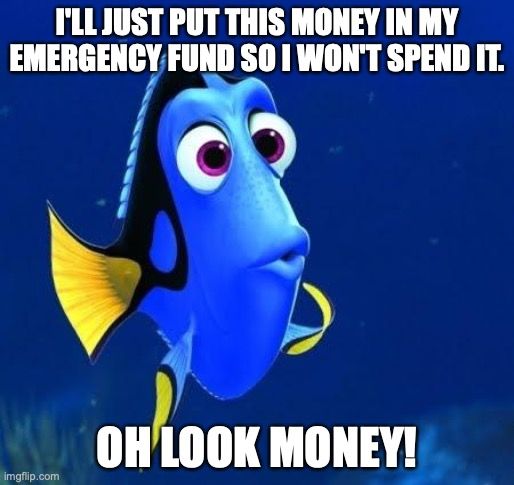
Next, decide where to put your money.
It should be easy to reach but separate from the accounts you use to pay your bills.
Pay Yourself First
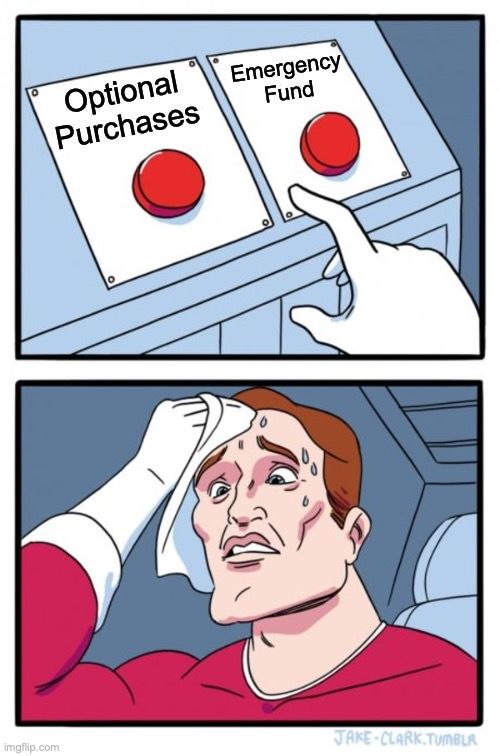
Prioritize your emergency fund over optional purchases.
Make Rules And Stick To Them
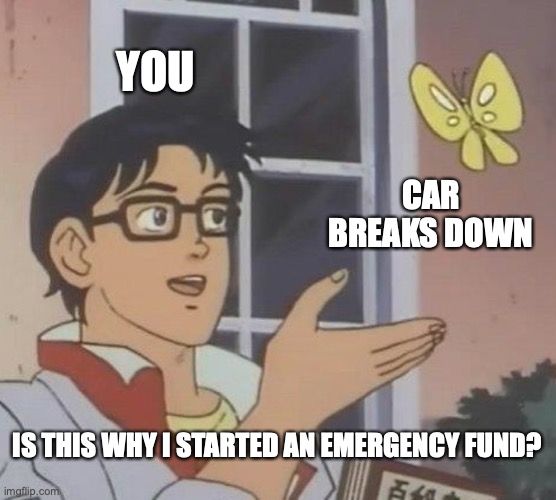
Make rules for yourself about when it’s time to break the glass on your emergency fund.
Losing a job, a medical emergency, or a natural disaster are good examples.
Quiz
Which of the following situations would NOT be a good use of your emergency fund?
Take Action
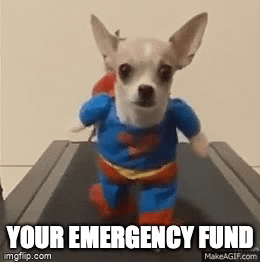
There's no telling what life will bring!
An emergency fund can come to the rescue when you're facing an unexpected expense.
Which of these steps will be your first on your journey towards financial security?
Your feedback matters to us.
This Byte helped me better understand the topic.
